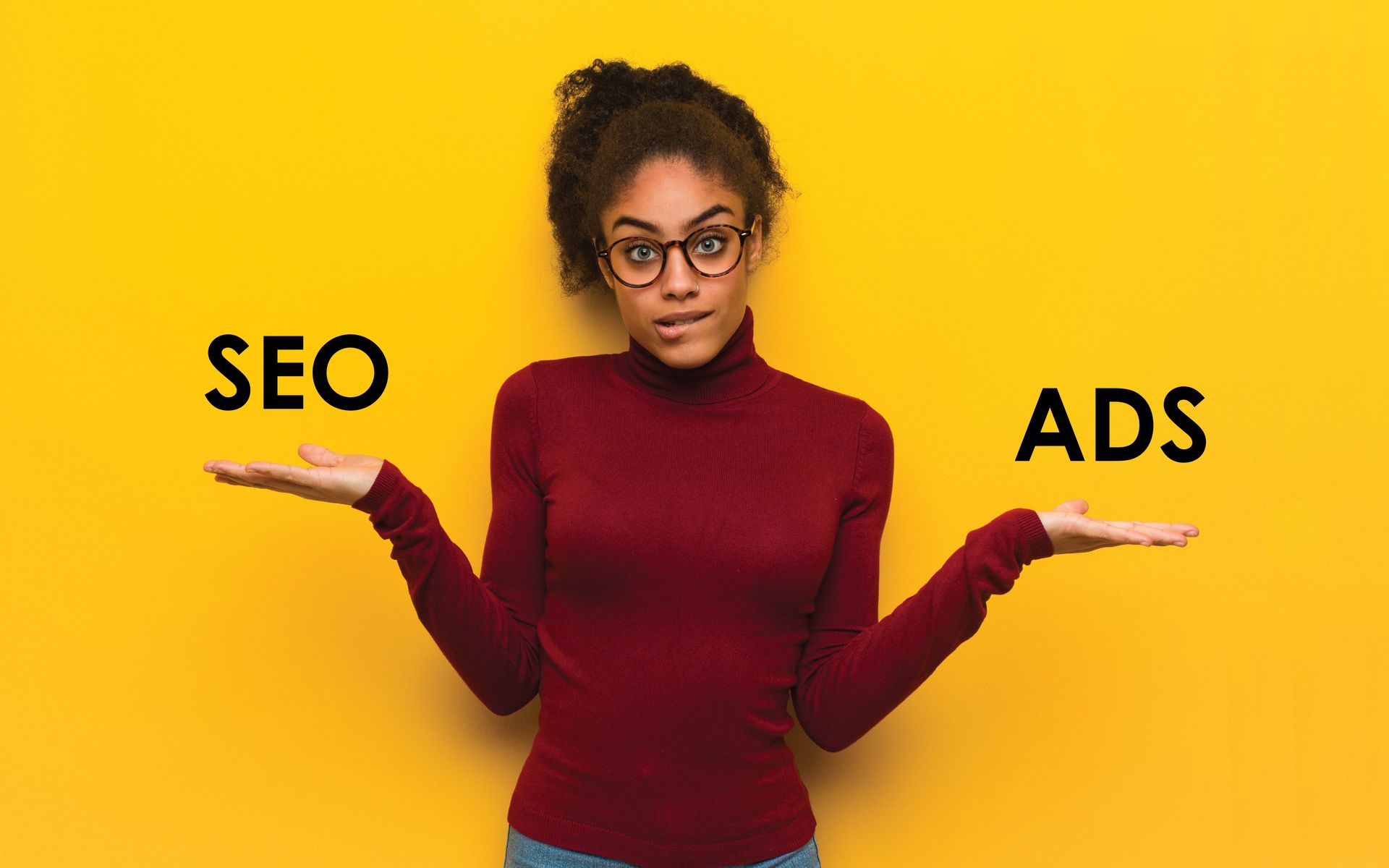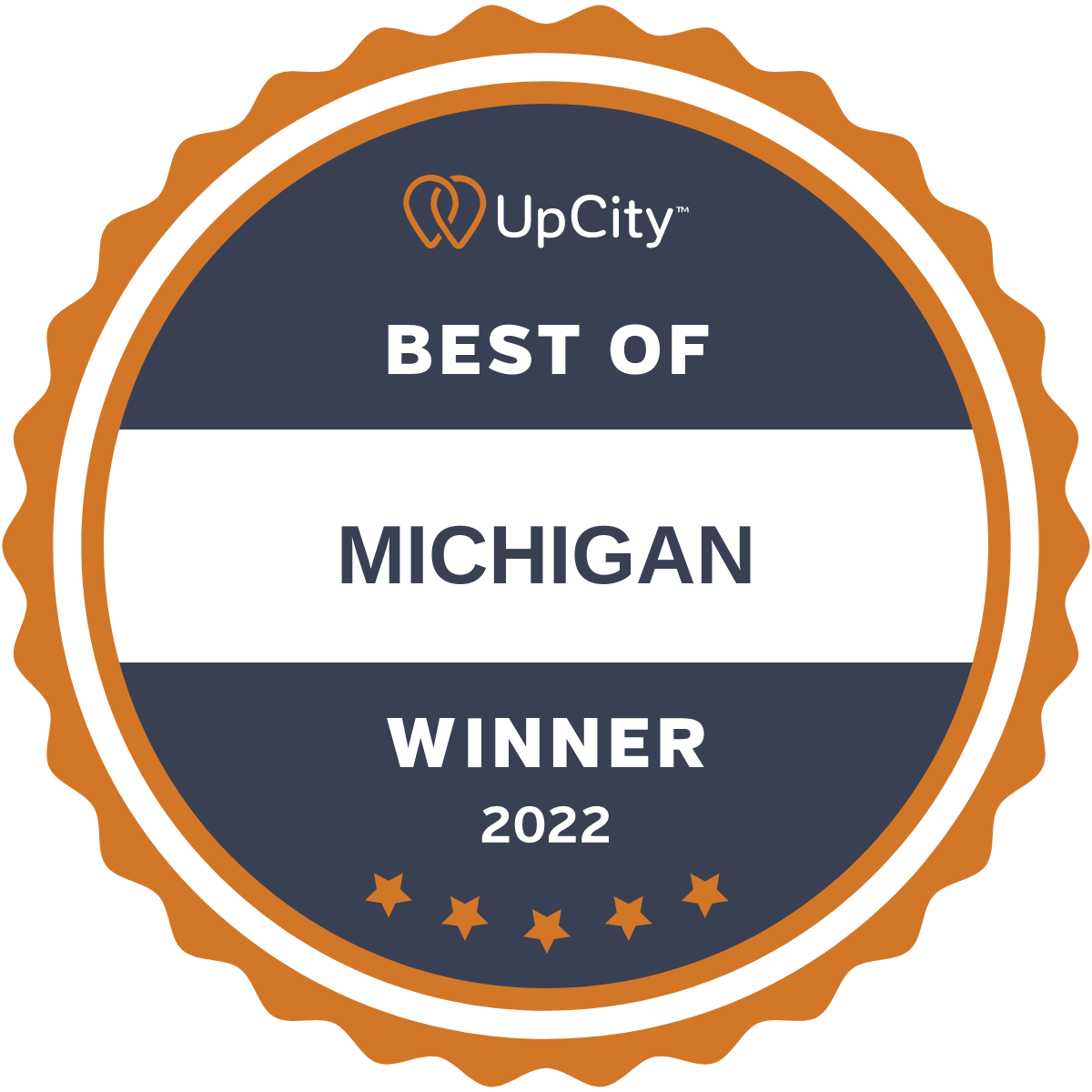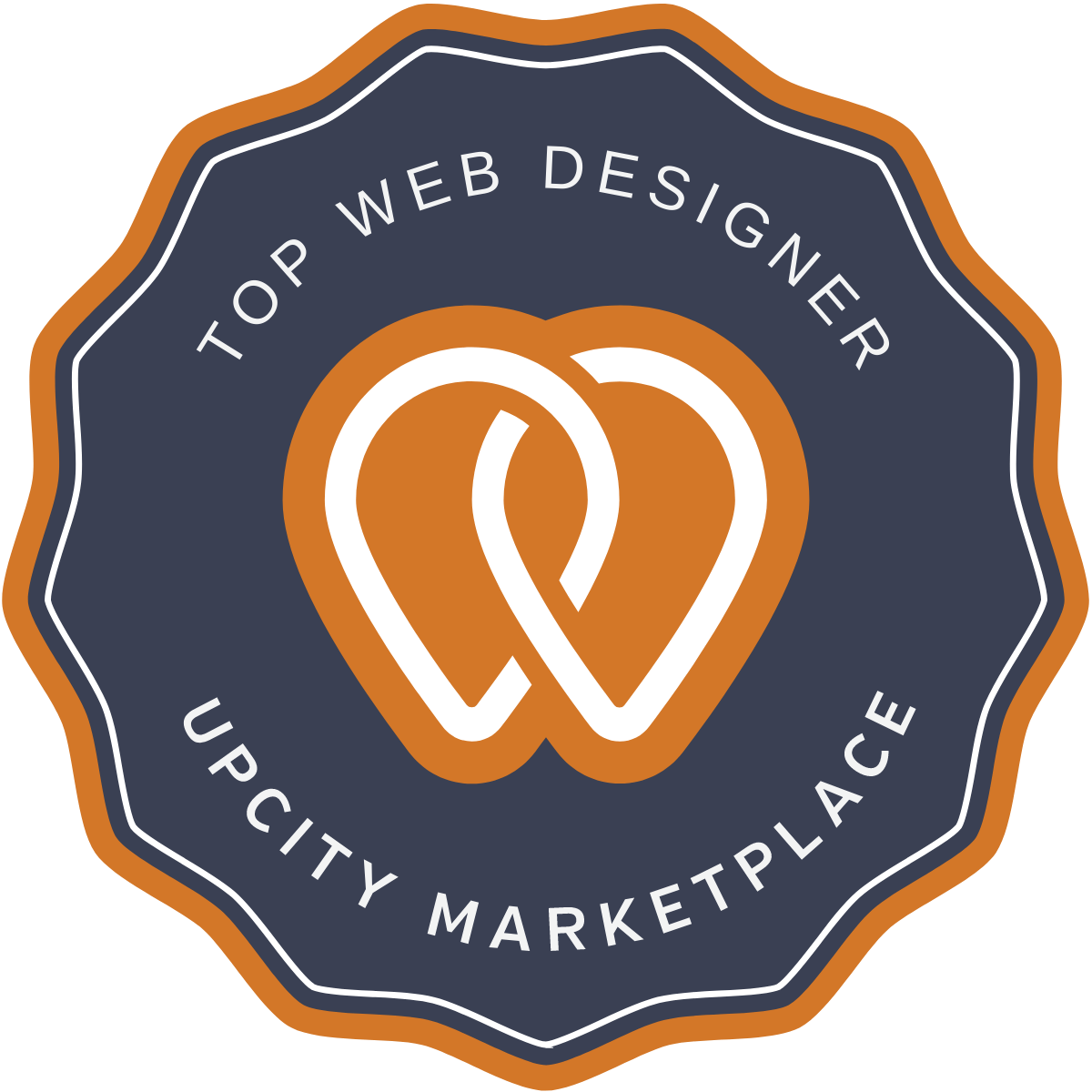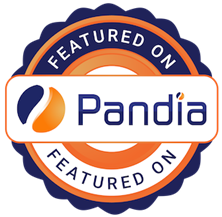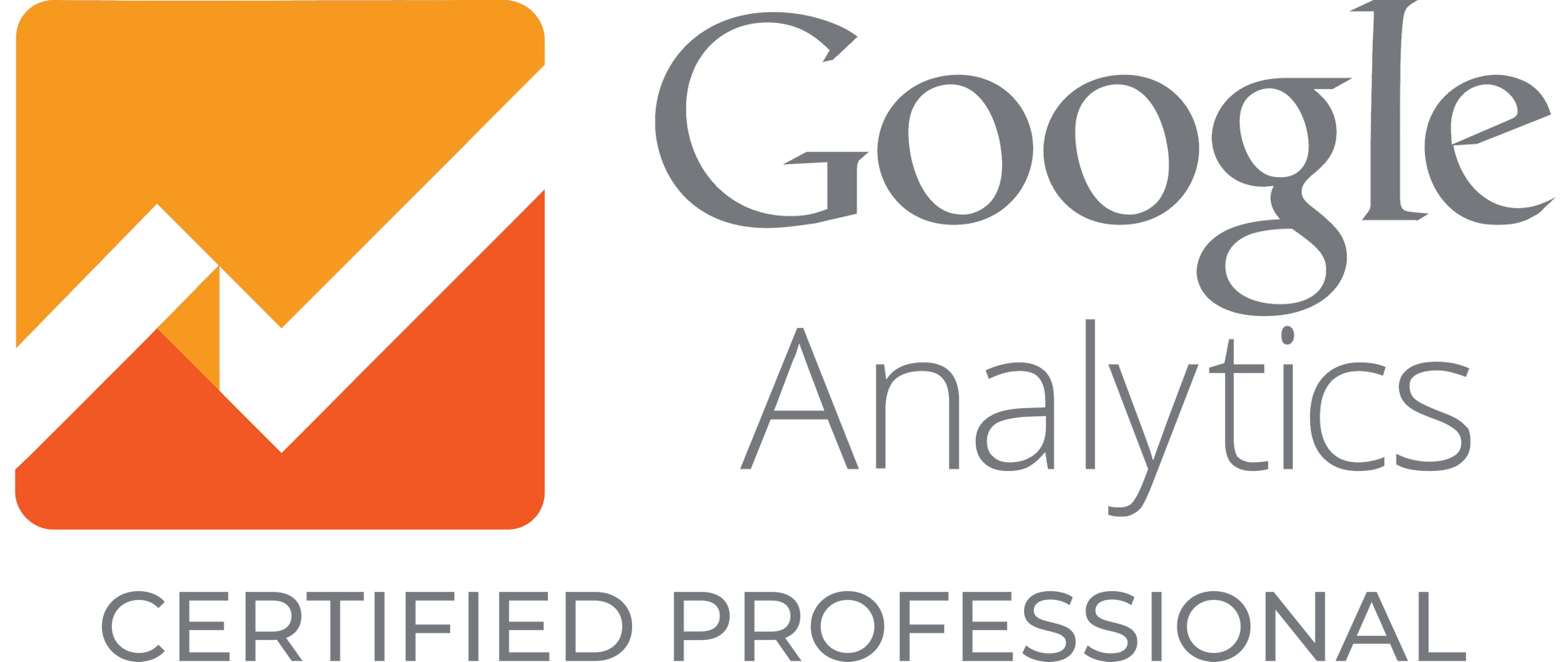Should You Invest in SEO or Paid Advertising?
Choosing between SEO and paid advertising is a common headache for digital marketers and business owners. Both paid advertising and SEO have pros and cons; the best approach often involves using them together.
📲 Do you need an expert resource in SEO and digital marketing? Schedule a Call with Speck Designs. 📞
What is Paid Advertising?
Let's consider paid advertising first. Niel Patel and his team earlier this year surveyed over 13,000 marketers and found a surprising statistic: only 21.8% reported their paid ads were profitable. This might make SEO seem like the clear winner. However, paid advertising excels at reaching a specific audience immediately. Imagine you just launched a new product. Paid ads can get your message in front of potential customers actively searching for similar products, driving quick sales.
What is SEO?
SEO, on the other hand, is a long-term game. It involves optimizing your website and content to rank higher in search engine results for relevant keywords. This organic traffic is generally more targeted, as people are already searching for your product or service information. The payoff is that SEO traffic tends to be more consistent and cost-effective in the long run.
Should These Two Be Rivals?
The key takeaway? SEO and paid advertising aren't rivals – they complement each other. Paid advertising can jumpstart your marketing, while SEO builds a foundation for sustained growth. Think of it like a customer journey. Paid ads can grab attention at the beginning, sparking initial interest. Then, well-optimized content with a high SEO ranking can nurture that interest and convert leads into customers.
So, the best approach depends on your specific goals and budget. If you're a new business, paid advertising can get you seen quickly. But for long-term success, you'll also want to invest in SEO. A well-rounded strategy for your business leverages both channels to reach your target audience at every stage of their buying journey.
What is the Formula for Digital Marketing Success in 2024?
Digital marketing offers businesses a vast toolbox for reaching their target audience. Three of the most powerful tools in that toolbox are SEO, content marketing, and paid advertising. Each serves a distinct purpose and can significantly enhance your online presence when used strategically.
SEO and Content Marketing
SEO and content marketing work hand-in-hand to improve your website's visibility in search engine results pages (SERPs). SEO involves optimizing your website's technical aspects and content with relevant keywords that potential customers are searching for. High-quality content marketing, like blog posts, articles, or infographics, provides valuable information to your audience, establishing you as a thought leader and building trust.
This organic traffic generated through SEO and content marketing is highly targeted. People who find your website through search are already interested in a topic related to your product or service. They're actively seeking information, making them more likely to convert into leads or customers. Additionally, SEO offers a cost-effective approach. Once your website ranks well for relevant keywords, you can enjoy sustained traffic growth without ongoing spending on ads.
Organic traffic will always be the lifeblood of SEO, and here are the reasons why:
- Search engines like Google prioritize websites that users trust. Consistent organic traffic indicates valuable content that keeps people engaged, sending positive signals to search engines and boosting your ranking.
- Unlike paid ads, organic traffic keeps flowing even without constant investment. Once your website ranks well, you can enjoy steady visitors without ongoing ad costs.
- Organic visitors are already interested in what you offer. They're actively searching for keywords related to your product or service, making them more likely to convert into leads or customers.
Social Media Advertising
Social media advertising allows you to laser-focus your marketing efforts on specific audience segments based on demographics, interests, and online behavior. Platforms like Facebook, Instagram, and LinkedIn offer sophisticated targeting tools that ensure your message reaches the right people at the right time.
Social media advertising allows you to tailor your message and offerings to resonate with specific customer groups.
Social media advertising also excels at building brand awareness. Engaging visuals and creative ad copy can capture attention and introduce your brand to a broader audience. Social channels foster interaction, allowing you to directly connect with potential customers, answer questions, and build relationships. This creates brand loyalty and encourages positive brand perception.
What About Google Ads?
Google Ads, also known as PPC, allows you to place targeted ads on Google search engine results pages and other websites within the Google Display Network. When someone searches for a specific keyword related to your product or service, your ad can appear at the top of the results page. This prominent placement offers immediate visibility and can drive significant traffic to your website.
The beauty of Google Ads lies in its high-intent targeting. Users who click on your ads are actively searching for relevant solutions, making them highly likely to be interested in what you offer. This translates to a higher conversion rate than other online advertising forms.
Despite its advantages, paid advertising does come with a caveat: the learning curve. Optimizing campaigns for maximum effectiveness requires time, experimentation, and ongoing analysis. There's a risk of wasting the budget on poorly targeted ads or ineffective creative designs. However, numerous resources and tutorials are available online and on advertising platforms to help you navigate the process. Additionally, partnering with a digital marketing agency can significantly reduce the learning curve and ensure your paid advertising dollars are well spent. We have partnered with AdEdge Marketing and recommend them for all things Google Ads related.
How Do You Prepare for Long-Term Growth?
The most successful digital marketing strategies utilize a combination of SEO, content marketing, and paid advertising. Each approach plays a crucial role in attracting and converting customers. SEO and content marketing establish your brand as a trusted authority, while paid advertising provides a targeted boost when needed.
Imagine a customer journey. SEO and content marketing act as a magnet, attracting potential customers already interested in your expertise. Paid advertising serves as a spotlight, highlighting your offerings to those who might not have discovered you organically. These strategies create a powerful synergy that drives long-term growth and success.
